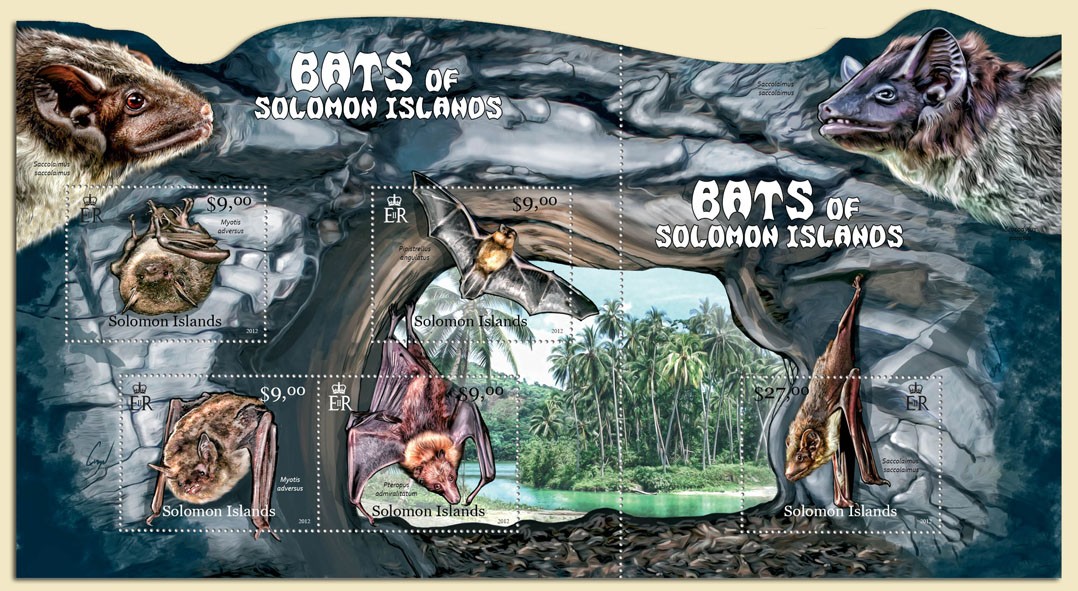One of the most iconic Halloween symbols has been suffering a severe population drop for more than a decade, officials from the the Connecticut Deprtment of Energy and Environemntal Protection said Monday. What's normal Across Connecticut is that bats are on the move with three species of tree bats moving south for the winter and while the six cave bat species moving "shorter distances," where they will spend the winter hibernating, DEEP officials said. What's not so normal, DEEP officials added, is that populations of hibernating bats in Connecticut and across North America have suffered astonishing losses since 2006.
The disease known as white-nose syndrome, or WNS, has killed "millions" of bats across 33 states and seven Canadian provinces. WNS is caused by a cold-loving fungus that thrives in caves and mines, and which grows on the muzzle and wings of bats, fatally disrupting their hibernation.
In Connecticut, the six species most effected by WNS include the big brown, little brown, northern long-eared, tri-colored, eastern small-footed and Indiana bats, axccording to DEEP officials. They added all of these species, except the big brown bat, are now listed as endangered under the Connecticut Endangered Species Act.
Due to WNS, the decline of the northern long-eared bat has been so severe it was listed by the U.S. Fish and Wildlife Service as federally threatened, according to the DEEP. The Indiana bat, federally listed since 1967, was on the brink of recovery prior to WNS and the species is again in "serious decline," DEEP officials said.
Source: Patch, Oct 28, 2019
https://patch.com/connecticut/manchester/ct-deep-bat-population-decline…

- Login om te reageren
